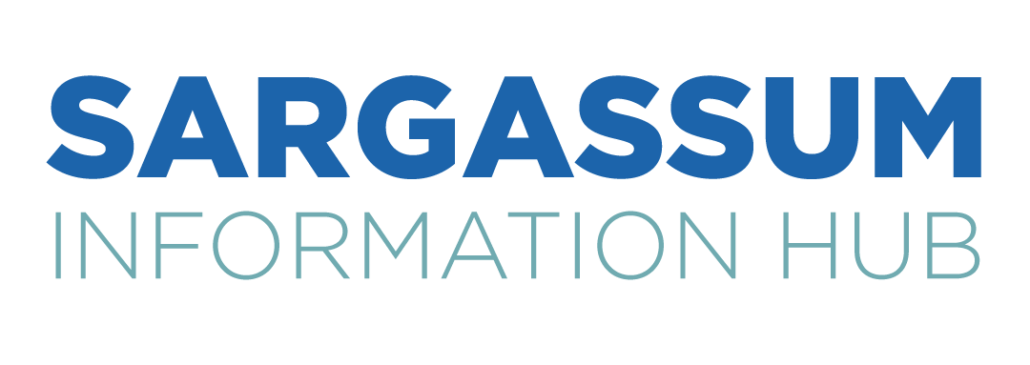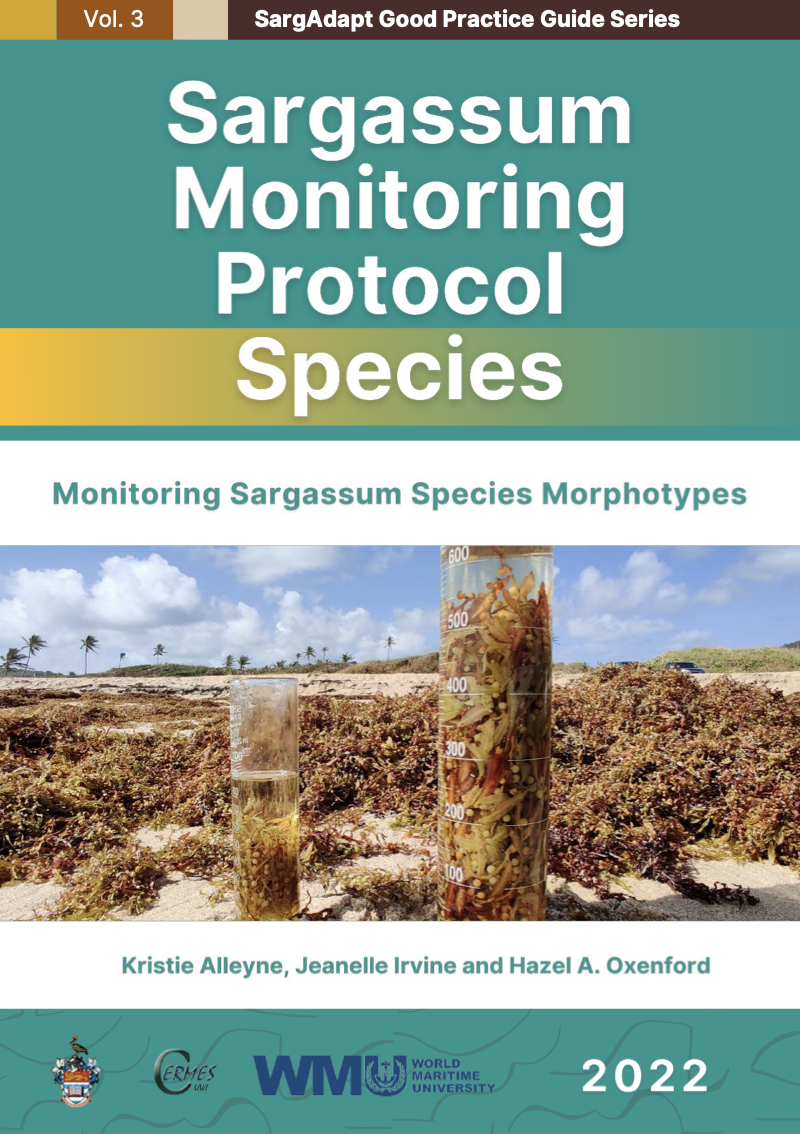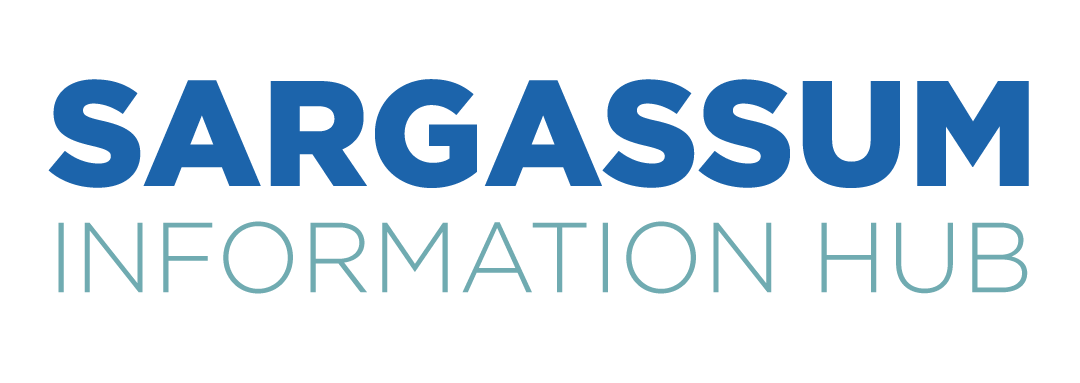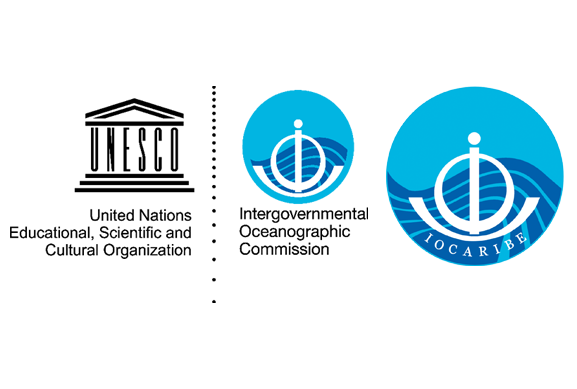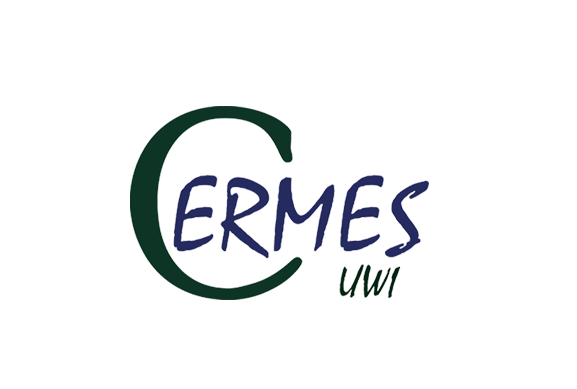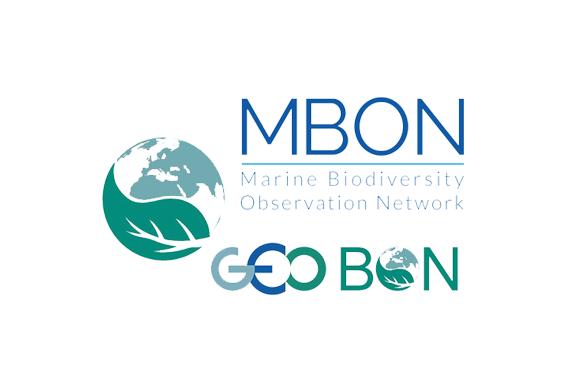SargAdapt Good Practice Guide Series Vol 3
Sargassum Monitoring Protocol: Species
The SargAdapt Good Practice Guide Series has been launched to provide easy-to-read, straightforward, technical advice to Caribbean stakeholders facing this ‘sargassum crisis’. This third volume in the series provides a simple, rapid method of monitoring the different sargassum varieties (species morphotypes) arriving along our shores.
Efforts to find ways of defraying costs and reducing hardship by using sargassum and developing viable sargassum-based businesses are in full swing. Likewise, research to improve on the early forecasting efforts are underway. However, these initiatives are still being constrained by many unanswered questions – one of which concerns the variability in sargassum species stranding along shorelines over time.
So far we know that the two different species of floating sargassum have different varieties (or morphotypes) and that these differ in various properties (e.g. chemical composition, growth rate, ability to pick up toxins, associated species diversity). This means that they will differ in their suitability for various uses. It is also quite likely that they will behave differently as they journey with ocean currents from their source regions to our beaches. This simple sargassum monitoring protocol is intended for use by anyone interested in tracking the variability in sargassum species morphotypes over space and time.
How to Cite:
Alleyne, K., J. Irvine and H.A. Oxenford (2022). Sargassum Monitoring Protocol: monitoring sargassum species morphotypes. SargAdapt Good Practice Guide Series: 3. University of the West Indies, Centre for Resource Management and Environmental Studies (UWI-CERMES), Barbados, 9 pp.
